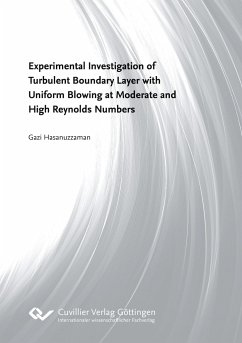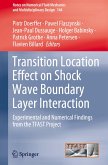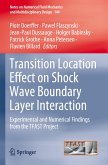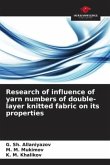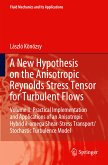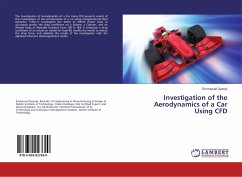Experimental investigation in turbulent boundary layer flows represents one of the canonical geometries of wall bounded shear flows. Utmost relevance of such experiments, however, is applied in the engineering applications in aerospace and marine industries. In particular, continuous effort is being imparted to explore the underlying physics of the flow in order to develop models for numerical tools and to achieve flow control. Flow control experiments have been widely investigated since 1930¿s. Several flow control technique has been explored and have shown potential benefit. But the choice of control technique depends largely on the boundary condition and the type of application. Hence, friction drag of subsonic transport aircraft is intended to be reduced within the scope of this Ph. D. topic. Therefore, application of active control method such as microblowing effect in the incompressible, zero pressure gradient turbulent boundary layer was investigated. A series of experiments have been performed in two different wind tunnel facilities. Wind tunnel from Department of Aerodynamics and Fluid Mechanics (LAS) was used for the measurements for moderate Reynolds number range in co-operation with the wind tunnel from Laboratoire de M¿ecanique de Feiret Lille for large Reynolds number range. Measurements are conducted with the help of state-of-the-art techniques such as Laser Doppler Anemometry, Particle Image Velocimetry and electronic pressure sensors.
Hinweis: Dieser Artikel kann nur an eine deutsche Lieferadresse ausgeliefert werden.
Hinweis: Dieser Artikel kann nur an eine deutsche Lieferadresse ausgeliefert werden.

